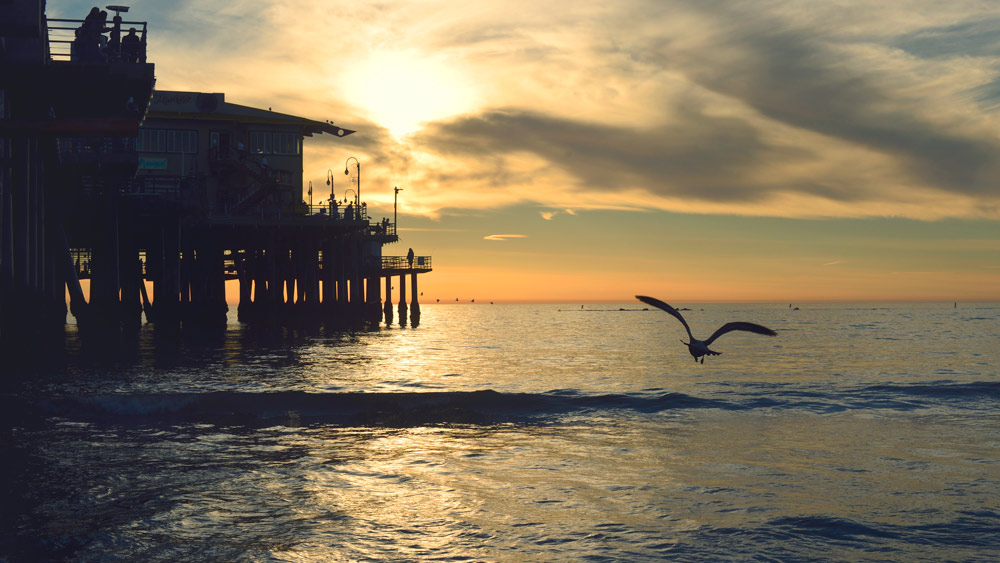Numerous fishing methods are used to bring delicious seafood to our dinner tables. Understanding how seafood is caught is important when deciding what to order at a restaurant or when purchasing seafood at the grocery store. The fishing methods described here are commonly used off the South Carolina coast. Ask about how your seafood was caught before you order it so you can make an environmentally responsible decision. Join the movement at askbeforeyouorder.org.
Making a Good Catch: Sustainable Fishing Methods
Nov
11
Blog Categories
- At the Aquarium
- Community
- Conservation
- Education
- Miscellaneous
- Our Members
- Research
- Sea Turtle Care Center
- 2007 Released – Turtle Patient Boards
- 2008 Released – Turtle Patient Boards
- 2009 Released – Turtle Patient Boards
- 2010 Released – Turtle Patient Boards
- 2011 Released – Turtle Patient Boards
- 2013 Released – Turtle Patient Boards
- 2017 Released – Turtle Patient Boards
- 2018 Released – Turtle Patient Boards
- 2019 Released – Turtle Patient Boards
- 2020 Released – Turtle Patient Boards
- 2021 Released – Turtle Patient Boards
- 2022 Released – Turtle Patient Boards
- 2023 Released – Turtle Patient Boards
- 2024 Released – Turtle Patient Boards
- Basement Tank – Turtle Patient Boards
- Tank 1 – Turtle Patient Boards
- Tank 3 – Turtle Patient Boards
- Tank 4 – Turtle Patient Boards
- Tank 5 – Turtle Patient Boards
- Sea Turtle Rescue Program
- Turtle Patient Boards
- Uncategorized



One thought on “Making a Good Catch: Sustainable Fishing Methods”
Keep this going please, great job!